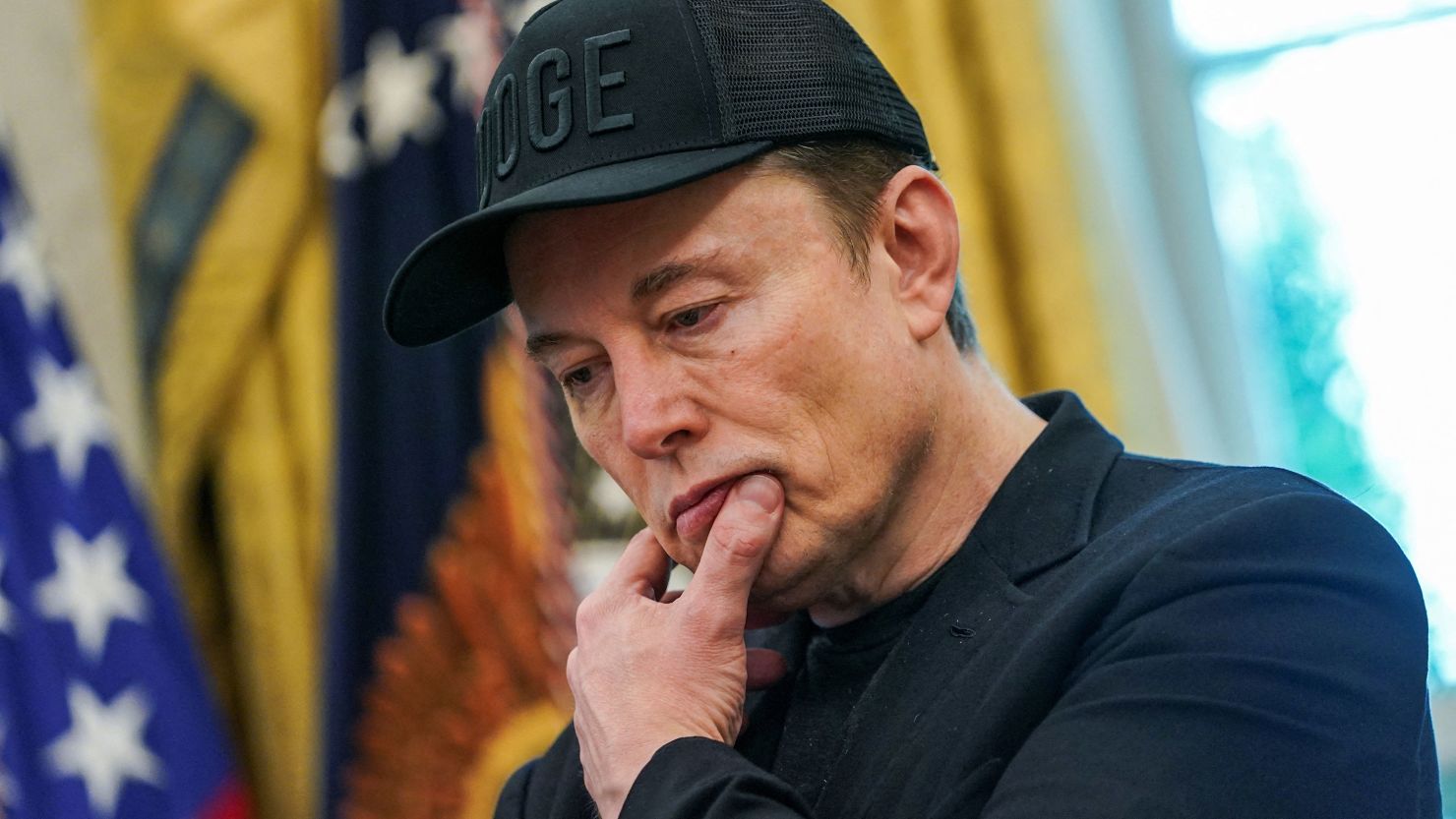Articles in this Cluster
11-07-2025
- Trump announced 35% tariffs on Canada; Ottawa vowed to defend its workers and businesses.
- U.S. stocks hit fresh records, with Asia mostly higher; Singapore’s STI logged a fifth straight gain.
- The White House accused Fed Chair Jerome Powell of mismanaging a costly Fed HQ renovation, potentially opening a new front for Trump to try to oust him.
- Analysts question Starbucks’ $10 billion valuation for its China unit amid intense local competition.
- Morgan Stanley Wealth Management touted a “new bull case,” saying economic factors are helping markets look past tariff fears.
- Tesla sales in Norway surged, led by strong demand for the revamped Model Y due to price and features suited to local preferences.
Entities: Donald Trump, Federal Reserve, Jerome Powell, Canada, White House • Tone: analytical • Sentiment: neutral • Intent: inform
11-07-2025
Trump’s announced 50% tariff on U.S. copper imports sparked a sharp, U.S.-centric price surge, widening the gap with global markets. Comex futures jumped after the news, while LME prices dipped then partially recovered. Analysts say U.S. buyers front-loaded imports, creating about 440,000 tons of excess inventory and a temporary premium that could take up to nine months to work down. Despite copper’s strategic importance and limited U.S. production capacity (building meaningful supply could take 20–30 years), Citi expects global prices to ease toward $8,800/ton and the U.S.-global arbitrage to shrink as inventories normalize and exporters seek partial tariff exemptions.
Investors are split: Hamilton Capital Partners’ Alonso Munoz is avoiding copper near term due to volatility and policy risk, expecting eventual price softness toward $4.90–$5/lb despite strong long-term demand. Corestone Capital’s Will McDonough views copper as undervalued given its critical role in EVs, grids, and data centers, citing concentrated supply (notably in China). He’s bullish via futures, though he sees the recent spike as an overreaction and anticipates a short-term pullback before longer-term gains.
Entities: Donald Trump, U.S. copper tariffs, COMEX, London Metal Exchange (LME), Citi • Tone: analytical • Sentiment: neutral • Intent: analyze
11-07-2025
JPMorgan Chase CEO Jamie Dimon warned that Europe is “losing” competitiveness versus the U.S. and Asia, noting Europe’s share of U.S. GDP has fallen from about 90% to 65% over the past 10–15 years. He urged the EU to complete a true single market—harmonizing banking, disclosure, exchanges, transparency, and climate rules—to foster larger, globally competitive firms. Despite recent investor optimism on Europe, Dimon flagged major hurdles, including reforms and an uncertain EU-U.S. tariff deal. On the U.S., he said markets are complacent about new tariffs and inflation risks, estimating a 40–50% chance the Federal Reserve will need to raise rates versus market odds near 20%, and warned of potential economic deterioration ahead.
Entities: Jamie Dimon, JPMorgan Chase, European Union, United States, Federal Reserve • Tone: analytical • Sentiment: negative • Intent: warn
11-07-2025
President Trump signaled imminent industry-wide tariffs on pharmaceuticals of up to 200%, with a 12–18 month grace period. Analysts warn even with the delay, the tariffs would raise production costs, squeeze margins, disrupt supply chains, and likely lead to drug shortages and higher U.S. prices. Estimates suggest a 25% tariff alone could add nearly $51 billion annually to U.S. drug costs; a 100–200% tariff could be “potentially disastrous” for patients. UBS says 12–18 months is far too short to reshore manufacturing, which typically takes 4–5 years. Major pharma companies are monitoring the situation, maintaining U.S. investment plans, and seeking policy clarity, while hoping for carve-outs via trade deals (e.g., the recent U.S.-U.K. framework). Uncertainty ahead of the final Section 232 report is pressuring planning and could weigh on the sector and consumers.
Entities: Donald Trump, pharmaceutical tariffs, U.S. drug prices, UBS, Section 232 report • Tone: analytical • Sentiment: negative • Intent: warn
11-07-2025
CNN analysis explores Elon Musk’s plan to fund an “America Party” and its potential to siphon support from Donald Trump as signs emerge that Trump’s coalition is fracturing. Political scientist John Kenneth White argues:
- Musk’s top-down, billionaire-driven effort echoes Ross Perot’s appeal to voter dissatisfaction but faces steep structural barriers favoring the two major parties.
- Americans often say they want a third option but rarely back one when it materializes.
- Successful third-party surges historically come from bottom-up movements; Musk’s is the opposite and his erratic persona could undermine it.
- Trump’s coalition shows strain: business interests oppose tariffs, and some Hispanic voters are recoiling from mass-deportation policies, creating openings for defections.
- While Musk could inflict harm mainly by withholding GOP funding and peeling off disaffected voters, the durability of a Musk-led party is doubtful given his inconsistency and the entrenched two-party system.
Entities: Elon Musk, Donald Trump, America Party, John Kenneth White, Ross Perot • Tone: analytical • Sentiment: neutral • Intent: analyze
11-07-2025
The New York Times’ July 11, 2024 News Quiz tests readers on major recent events: Trump threatening tariffs on 22 countries without quick trade deals; deadly flash flooding on Texas’s Guadalupe River; a U.S. measles resurgence to a three-decade high; a Supreme Court ruling allowing a significant Trump administration action; a strike by Philadelphia’s largest public union disrupting city services; Elon Musk floating a new political party; Netanyahu visiting the White House and touting a Trump prize nomination; deadly anti-corruption protests in Kenya; the release of a new Superman film directed by James Gunn; a final performance by a rock legend; and updated TSA screening rules. It ends by pointing readers to deeper coverage across science, world affairs, tech, and culture.
Entities: The New York Times, Donald Trump, U.S. Supreme Court, Elon Musk, Benjamin Netanyahu • Tone: analytical • Sentiment: neutral • Intent: inform
